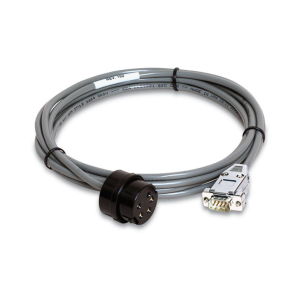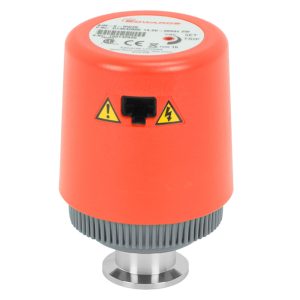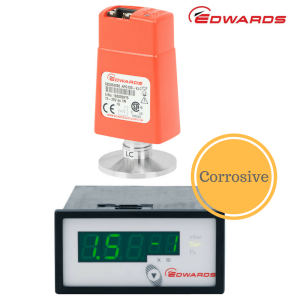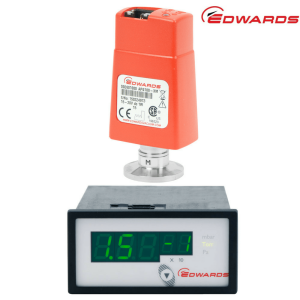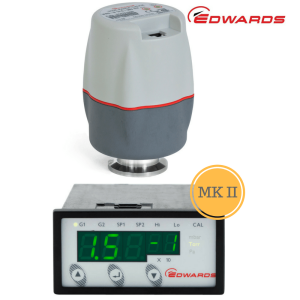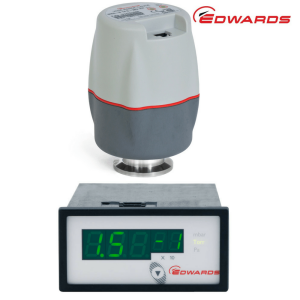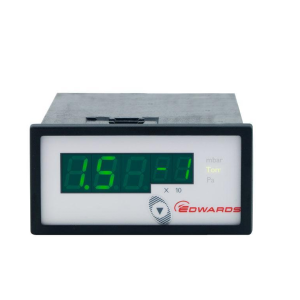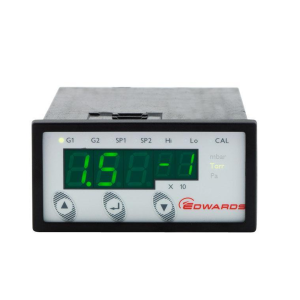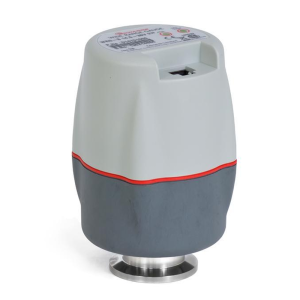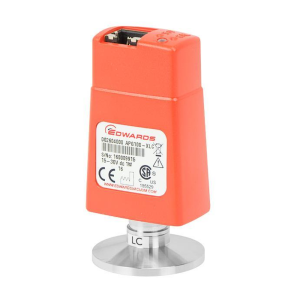Pressure Measurement
Coating Thickness Measurement
Coating thickness is an important variable that plays a role in product quality, process control, and cost control. Measurement of film thickness can be done with many different instruments. Understanding the equipment that is available for film thickness measurement and how to use it is useful to every coating operation.
The issues that determine what method is best for a given coating measurement include the type of coating, the substrate material, the thickness range of the coating, the size and shape of the part, and the cost of the equipment. Commonly used measuring techniques for cured organic films include nondestructive dry film methods such as magnetic, eddy current, ultrasonic, or micrometer measurement and also destructive dry film methods such as cross-sectioning or gravimetric (mass) measurement. Methods are also available for powder and liquid coatings to measure the film before it is cured.
MAGNETIC FILM THICKNESS GAGES
Magnetic film gages are used to nondestructively measure the thickness of a nonmagnetic coating on ferrous substrates. Most coatings on steel and iron are measured this way. Magnetic gages use one of two principles of operation: magnetic pull-off or magnetic/electromagnetic induction.
Magnetic Pull-off
Magnetic pull-off gages use a permanent magnet, a calibrated spring, and a graduated scale. The attraction between the magnet and magnetic steel pulls the two together. As the coating thickness separating the two increases, it becomes easier to pull the magnet away. Coating thickness is determined by measuring this pull-off force. Thinner coatings will have stronger magnetic attraction while thicker films will have comparatively less magnetic attraction. Testing with magnetic gages is sensitive to surface roughness, curvature, substrate thickness, and the make up of the metal alloy.
Magnetic pull-off gages are rugged, simple, inexpensive, portable, and usually do not require any calibration adjustment. They are a good, low-cost alternative in situations where quality goals require only a few readings during production.
Pull-off gages are typically pencil-type or rollback dial models. Pencil-type models (PosiPen shown in Fig 1) use a magnet that is mounted to a helical spring that works perpendicularly to the coated surface. Most pencil-type pull-off gages have large magnets and are designed to work in only one or two positions, which partially compensate for gravity. A more accurate version is available, which has a tiny, precise magnet to measure on small, hot, or hard-to-reach surfaces. A triple indicator ensures accurate measurements when the gage is pointed down, up, or horizontally with a tolerance of ±10%.
Showing all 12 results
- Edwards APG100-XLC Pirani (Corrosive) Vacuum Gauge Head, KF25 (D02604000)
- Edwards ADC Gauge Controller, Standard 1 Head (D39590000)
- 3m Gauge Cable
- Mains plug for your country
- Edwards APG100-XM Pirani Vacuum Gauge Head, KF16 (D02601000)
- Edwards ADC Gauge Controller, Standard 1 Head (D39590000)
- 3m Gauge Cable
- Mains plug for your country
- Edwards WRG WRG-S KF25 flange (D14701000)
- Edwards ADC MkII Gauge Controller, 2 Gauge Heads (D39591500)
- 3m Gauge Cable
- Mains plug for your country
- Edwards WRG WRG-S KF25 flange (D14701000)
- Edwards ADC Gauge Controller, Standard 1 Head (D39590000)
- 3m Gauge Cable
- Mains plug for your country
- Wide Pressure Range Supports Edwards Active Gauges from 1500 to 7.5 x 10-10 mBar
- Plug and Go operation, plug AC in, connect Edwards active gauge and ADC reads the vacuum pressure
- Standard version reads 1 gauge, enhanced MKII version reads 2 gauges
- High visibility display
- Choice of display units, mbar, Torr, or Pascal
- Compact instrument small 1/8 DIN enclosure
- Simple to use
- Wide Pressure Range Supports Edwards Active Gauges from 1500 to 7.5 x 10-10 mBar
- Plug and Go operation, plug AC in, connect Edwards active gauge and ADC reads the vacuum pressure
- Standard version reads 1 gauge, enhanced MKII version reads 2 gauges
- High visibility display
- Choice of display units, mbar, Torr, or Pascal
- Compact instrument small 1/8 DIN enclosure
- Simple to use
- Easy Access to signal cable with compact enclosure
- Sensor bakeable to 150°C (300°F) and sensor is user replaceable
- Adjustable set point for simple process control and interlocking
- Remote calibration possible
- Pressure range 10-3 mBar

